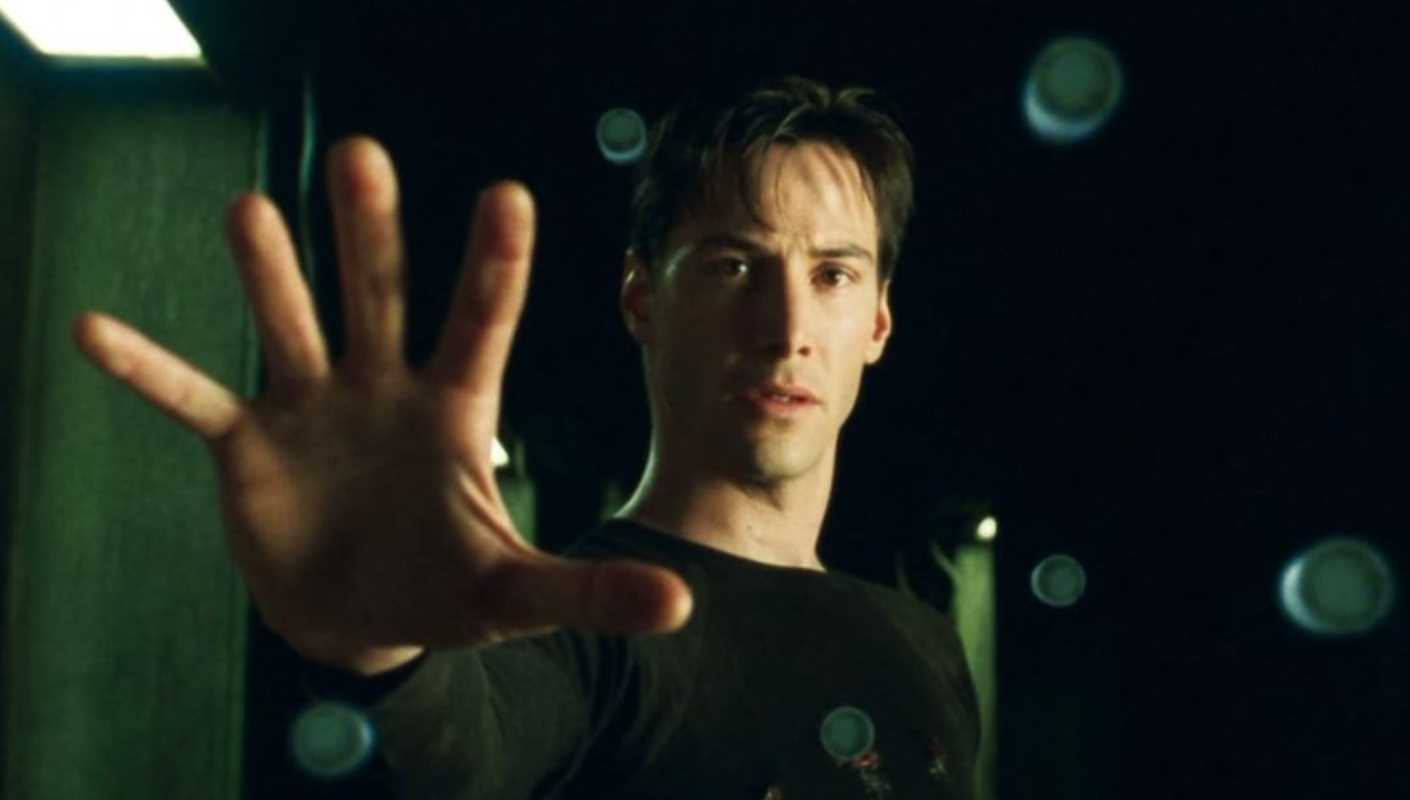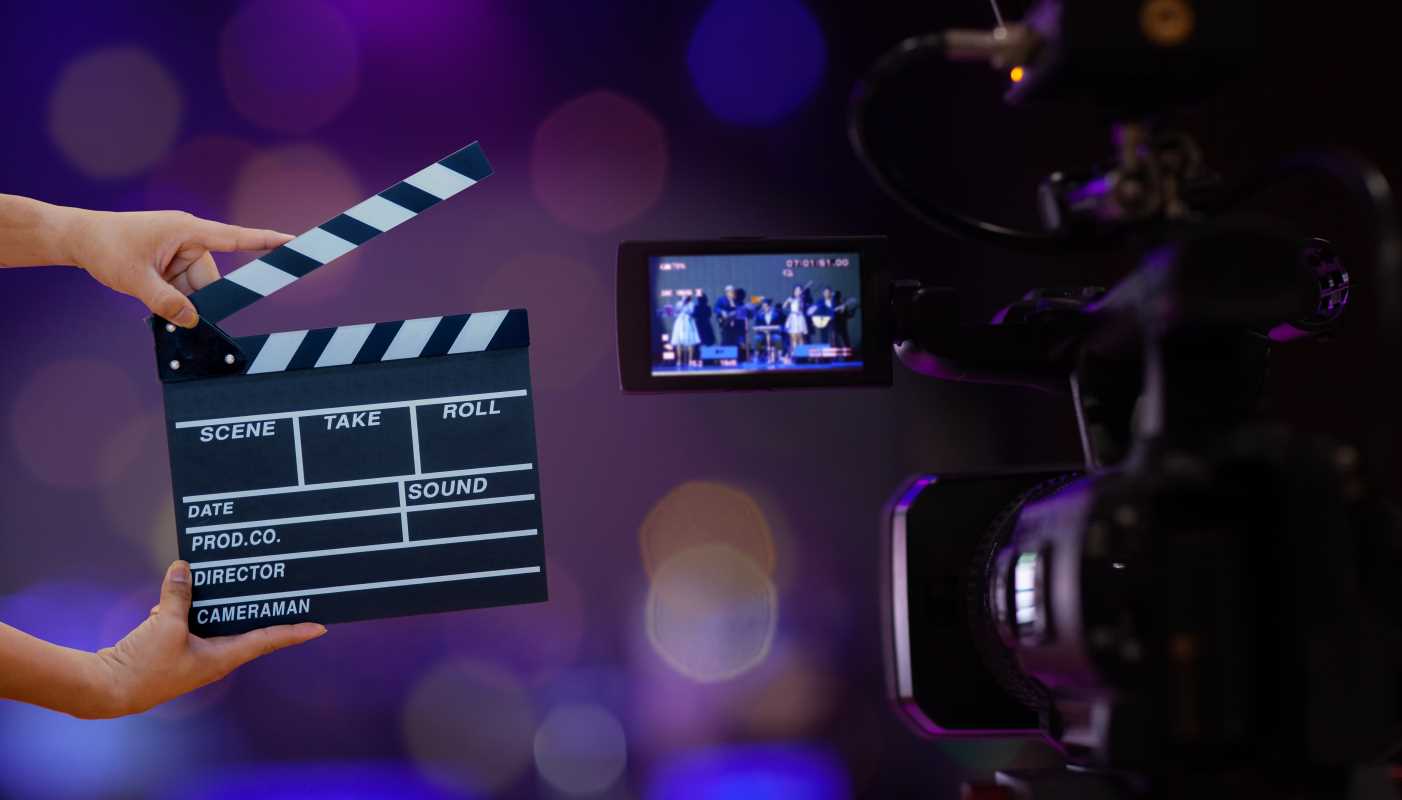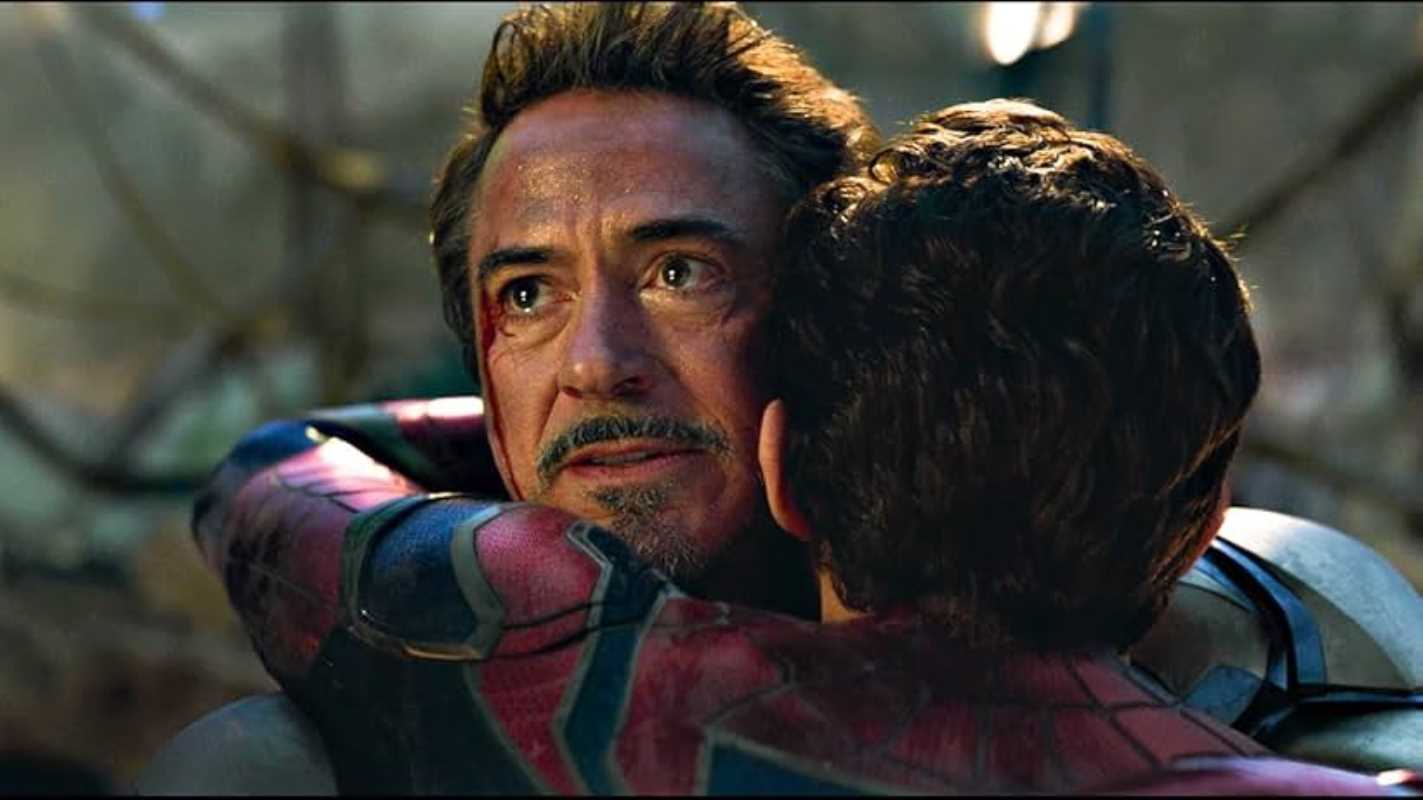Science fiction has always been about pushing boundaries and exploring the “what ifs” of the future. From mind-bending gadgets to futuristic lifestyles, sci-fi movies have given us glimpses of fantastical technology. What's wild, though, is how often these imaginative ideas end up becoming part of our everyday lives. Sci-fi doesn’t just entertain us; it inspires real-world innovation. Engineers, scientists, and creators have transformed what once seemed impossible into reality. Whether it’s talking to someone face-to-face on a screen or controlling devices with just a few taps on your phone, there’s a good chance those ideas started in a sci-fi flick. Let's dig into some iconic examples of technology that went from the big screen to our hands.
Video Calls (The Jetsons and 2001: A Space Odyssey)
Imagine living in a world with no FaceTime, no Zoom, and no Google Meet. Hard to picture, right? Yet back in the 1960s, making a video call was pure science fiction. Take The Jetsons, for example. The animated family comedy had characters casually chatting face-to-face over video screens as though it were no big deal. Around the same time, the movie 2001: A Space Odyssey took it a step further and showcased video calls in a space station setting.
Fast forward to today, and video calls are as normal as texting. The inspiration for this revolution came directly from sci-fi. Engineers and developers who grew up watching Jetsons-style calls helped make them real through technologies like webcams and high-speed internet. Now, people can chat with friends, attend job interviews, or even work remotely from halfway across the globe, all thanks to ideas filmmakers dreamed up decades earlier.
Artificial Intelligence (Blade Runner and 2001)
When Blade Runner came out in 1982, it showed a world where artificial intelligence (AI) was advanced enough to create humanoid robots called "replicants." Blade Runner raised some ethical dilemmas about AI, but it painted a clear picture of a future where machines could think and learn. Decades earlier, movies like 2001: A Space Odyssey introduced HAL 9000, a computer capable of complex reasoning and even emotions (though HAL was more creepy than helpful).
The AI we have in 2025 might not be as dramatic, but it’s still impressive. Look at Siri, Alexa, or Google Assistant. They can look things up, play your favorite music, or even control smart home devices. Machine learning has also grown rapidly, from self-driving cars to algorithms predicting which shows you'll binge next on Netflix. While we're not quite at the level of HAL or replicants (thankfully), the seeds planted by these films helped spark curiosity and innovation.
Touchscreen Technology (Star Trek and Minority Report)
Ever tapped and swiped your phone screen without thinking much of it? Well, you can thank sci-fi for showing us the concept long before it existed. Star Trek loved to show futuristic touch panels in its original series and later spin-offs. Instead of clunky buttons and levers, starships like the USS Enterprise relied on sleek touch-based tech to control everything.
Then came Minority Report, the 2002 movie where Tom Cruise waved his hands in front of a holographic touchscreen system to sort through data. Both fictional worlds introduced audiences to touch and gesture-based tech in ways that felt light-years ahead.
Today, touchscreens are practically everywhere. From your smartphone to your car's dashboard to interactive kiosks at the mall, this tech is now second nature. Developers say Star Trek, in particular, served as a vision board of sorts, inspiring innovations in touch-based user interfaces.
Virtual Reality (The Matrix and Tron)
"The Matrix is everywhere. It’s all around us.” That iconic line from the 1999 blockbuster The Matrix takes on a whole new meaning when you think about how mainstream virtual reality (VR) has become. Before Neo and his crew unplugged from the Matrix, movies like Tron (1982) imagined immersive digital worlds where people could interact with software as if living inside it.
Today, VR headsets like the Oculus Quest and PlayStation VR allow us to step into virtual worlds nearly as detailed as what these movies imagined. Want to explore an alien planet? Check. Walk around a digital city? Done. VR has found its way into gaming, fitness, education, and even medical training. While we’re still a long way from living out a full-blown Matrix-style double life, filmmakers gave us a lot to dream about (and possibly fear?).
Space Travel (2001 and Interstellar)
If there’s one sci-fi trope that has fascinated us above all else, it’s space travel. 2001: A Space Odyssey didn’t just show video calls; it also depicted humanity living and working in space. The movie’s take on spacecraft and space stations felt so realistic that even NASA scientists praised it. Years later, movies like Interstellar upped the game, presenting wormhole travel as a possibility to explore other galaxies.
These films influenced everything from the design of space tools to how astronauts train. Today, space travel is no longer unique to governments. Private companies like SpaceX are pushing boundaries, testing reusable rockets, and planning missions to Mars. The International Space Station, meanwhile, feels like a real-life mirror of the futuristic stations in so many sci-fi films. Who knows? Maybe one day Star Wars-style hyperspace jumps won’t seem so crazy either.
Robots (Star Wars, Metropolis, and Iron Man)
Whenever you think of futuristic robots, characters like C-3PO or R2-D2 probably come to mind. These lovable droids from Star Wars set the standard for how far robots could go in helping, adapting, and even being quirky. But sci-fi movies have depicted robots for decades. One of the earliest entries was 1927’s Metropolis, which featured a humanoid robot called Maria. More recently, Iron Man gave us a marvelously snarky AI assistant in JARVIS.
Sophisticated robots are now part of everyday life. Think of warehouse bots from Amazon, robotic vacuum cleaners like Roombas, or even surgical robots that assist doctors. Robotics continues to evolve, and sci-fi’s influence is always present, pushing forward the idea of machines that can blend seamlessly into our routines.
Will flying cars, teleportation, or time travel be next? We can’t predict the future (yet), but it’s safe to say that sci-fi will continue to shape it. The next time you watch a futuristic film, take a moment to ask yourself if this someday be real. If history is anything to go by, the answer just might surprise you.
 (Image source: Warner Bros.; Village Roadshow Pictures; Groucho II Film Partnership; Silver Pictures)
(Image source: Warner Bros.; Village Roadshow Pictures; Groucho II Film Partnership; Silver Pictures) 

.jpeg)



